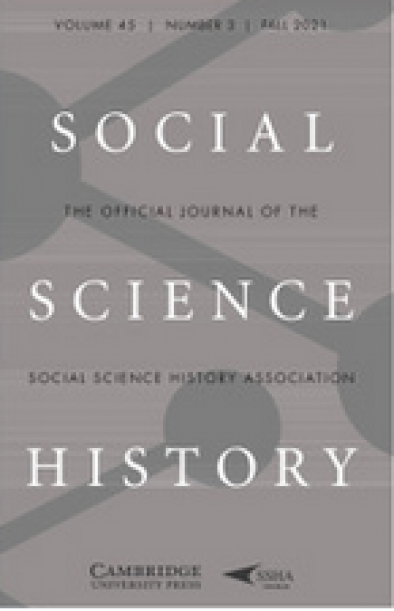Agricultural Intensification and Soil Fertility in Atlantic Spain, 1750–1890

Corbacho González, B., & Padró Caminal, R. (2021). Agricultural Intensification and Soil Fertility in Atlantic Spain, 1750–1890. Social Science History, 1-24
This article describes the intensification process of agriculture and its environmental limits regarding soil fertility in the rural community of Fonsagrada, in the inner region of Galicia in northwestern Spain. It addresses changes in land use, crops, and agricultural productivity between 1750 and 1890, framed within the theory of social metabolism and based on the method of nutrient balances. That technique measures nitrogen, phosphorus, and potassium flows across the landscape within a given agro-ecosystem to assess its biophysical functioning and to detect environmental constraints related to management. The intensification of cropland resulted in net losses of potassium in outlying rough grazing land and hay meadows that served as the sources of cropland nutrients. Agricultural intensification was possible due to the close stabling of livestock, which allowed for more manure availability. Doing so, however, deprived pastureland of nutrient recover through manure deposition, which created a metabolic rift in the agro-ecosystem